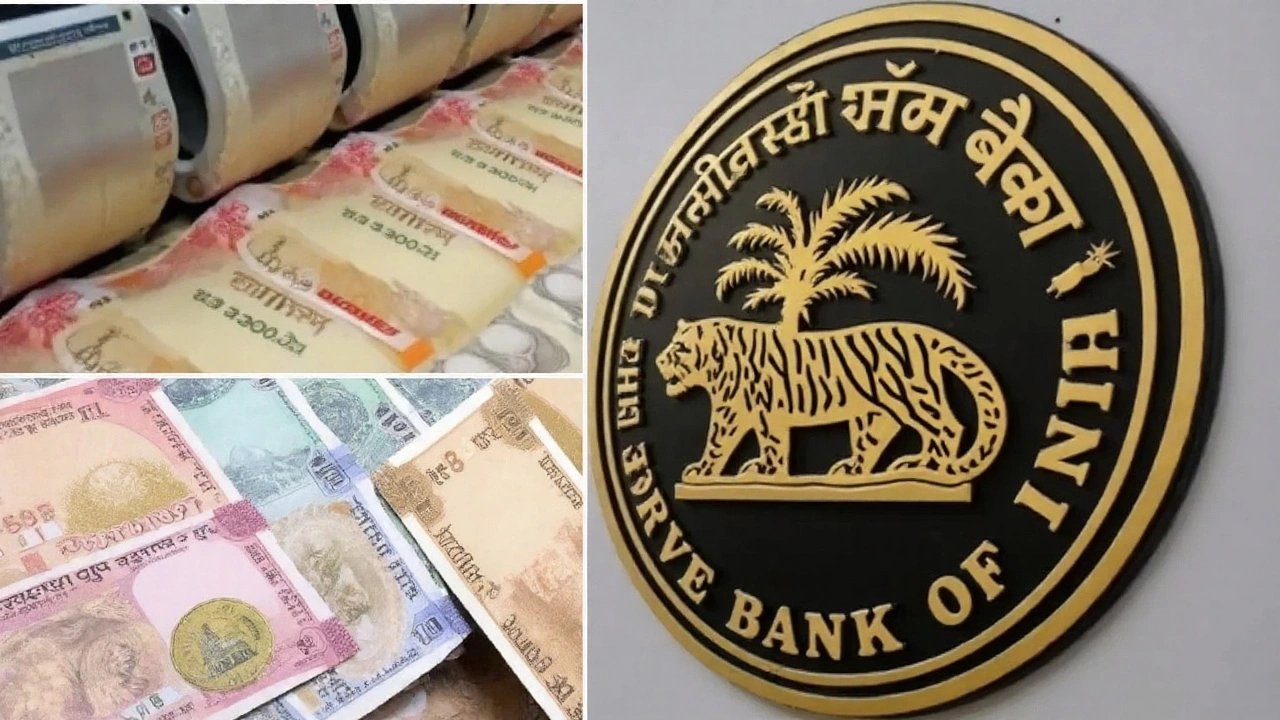Social Media Controversy: What’s Behind the Online Storms?
Social media has become the place where news spreads fast, opinions clash, and emotions run high. A single post can turn into a heated debate within minutes, and before you know it, the whole platform is buzzing with arguments. This isn’t random noise; it’s a pattern that repeats whenever a controversial topic hits the feed. Understanding why these flare‑ups happen helps you stay calm and make smarter choices online.
Why Do Controversies Spark So Quickly?
First, the algorithms love drama. They push content that gets likes, shares, and comments, so a provocative statement gets more visibility than a neutral one. Second, people tend to share what confirms their views and ignore what challenges them. That creates echo chambers where one side feels right and the other feels attacked. Finally, the anonymity of the internet lowers the barrier to harsh language. When you can hide behind a screen name, you’re more likely to say things you wouldn’t say face‑to‑face.
Real‑World Examples That Show the Pattern
Take the recent call by India’s Home Minister Amit Shah asking IPS probationers to stay off social media. The statement instantly split opinions: some praised the focus on duty, while others slammed it as censorship. Within hours, memes, opinion pieces, and heated comments flooded timelines, proving how quickly a government remark can become a viral controversy. Similar rides happen with celebrity gossip, brand missteps, or policy announcements – each one fuels a cascade of reactions.
What’s common across all these cases? A trigger (a statement or event), an algorithm that amplifies it, and a crowd that reacts based on personal beliefs. The result is a storm that can drown out facts and amplify emotions.
Here are three quick tips to handle any social media controversy: 1) Verify the source – a reputable news outlet is more reliable than a random meme. 2) Limit your exposure – set a time limit for reading heated threads. 3) Engage responsibly – if you comment, keep it factual and respectful; don’t add fuel to the fire.
What’s next? Start by pausing before you share. Ask yourself whether the post adds value or just fuels the fire. Use the “hide” or “mute” options for accounts that consistently stir up drama. And check multiple sources before you accept any claim as truth. These simple steps keep your feed healthier and your mind clearer.
Remember, social media is a tool, not a master. It reflects what users feed it, and you have the power to decide what you consume. By spotting the signs of a brewing controversy and reacting wisely, you stay informed without getting caught in the whirlwind.
Abhinav Arora Vrindavan: Inside the 'Bal Sant' Video Uproar and What We Actually Know
Brief clips of a Bal Sant in Vrindavan sparked a controversy around a cleaning video and YouTuber allegations. Verified facts are thin, but the noise is loud. Here’s what’s known, what’s missing, and how to judge viral claims. We also unpack the child-safety, monetization, and legal angles that shape such online storms.
